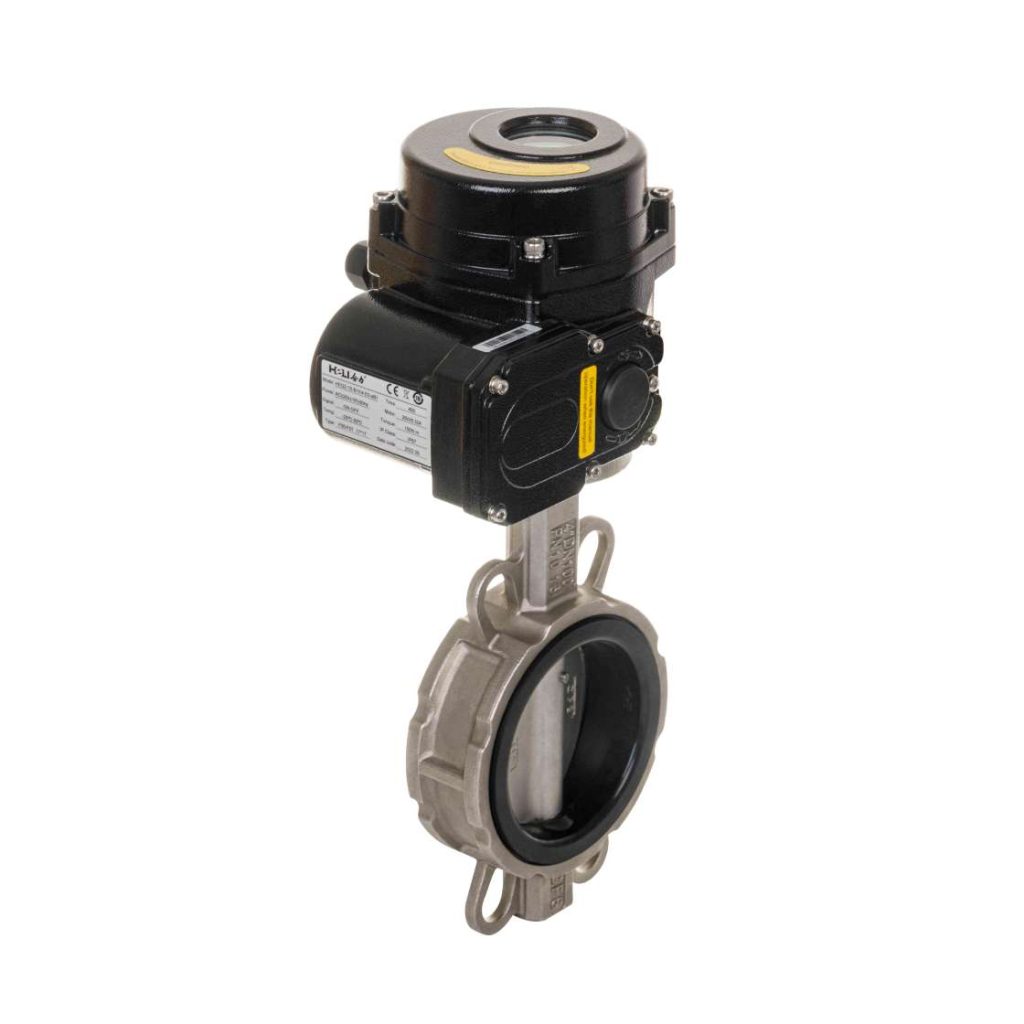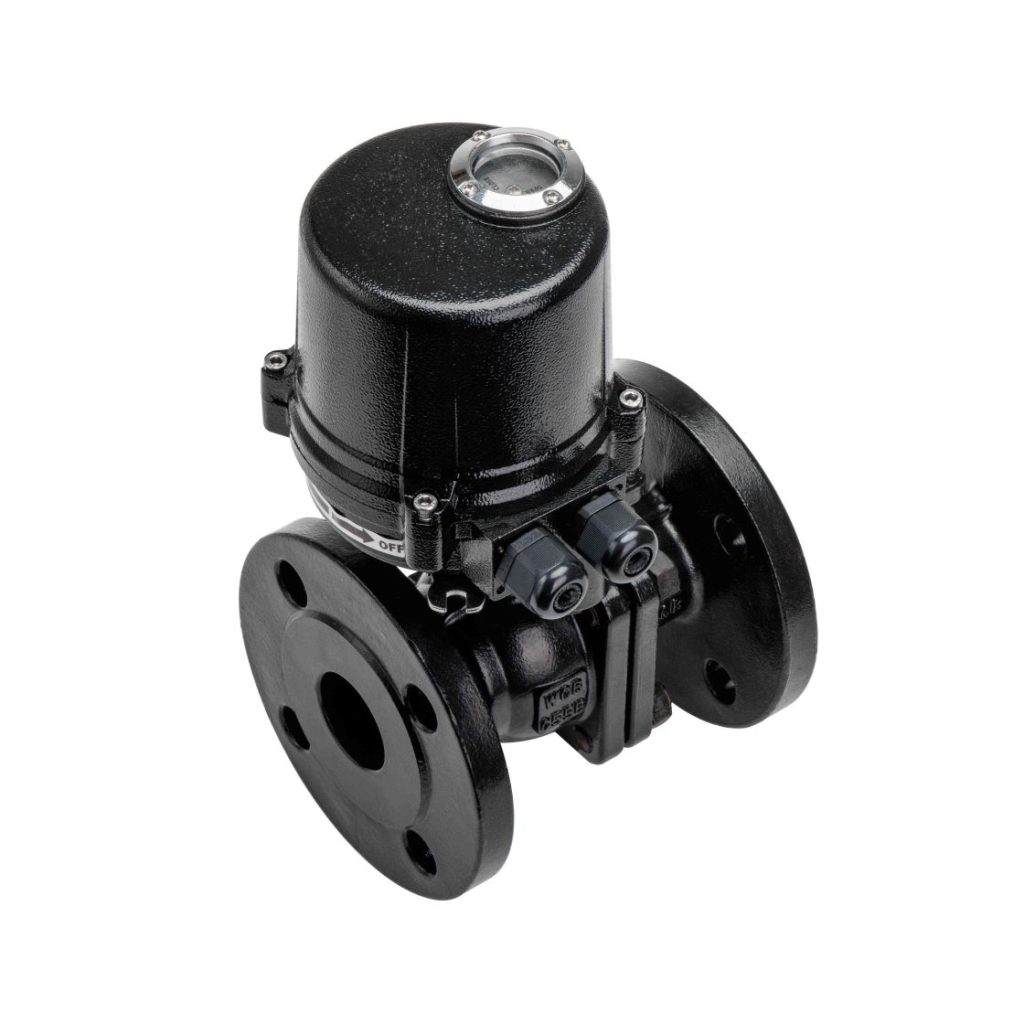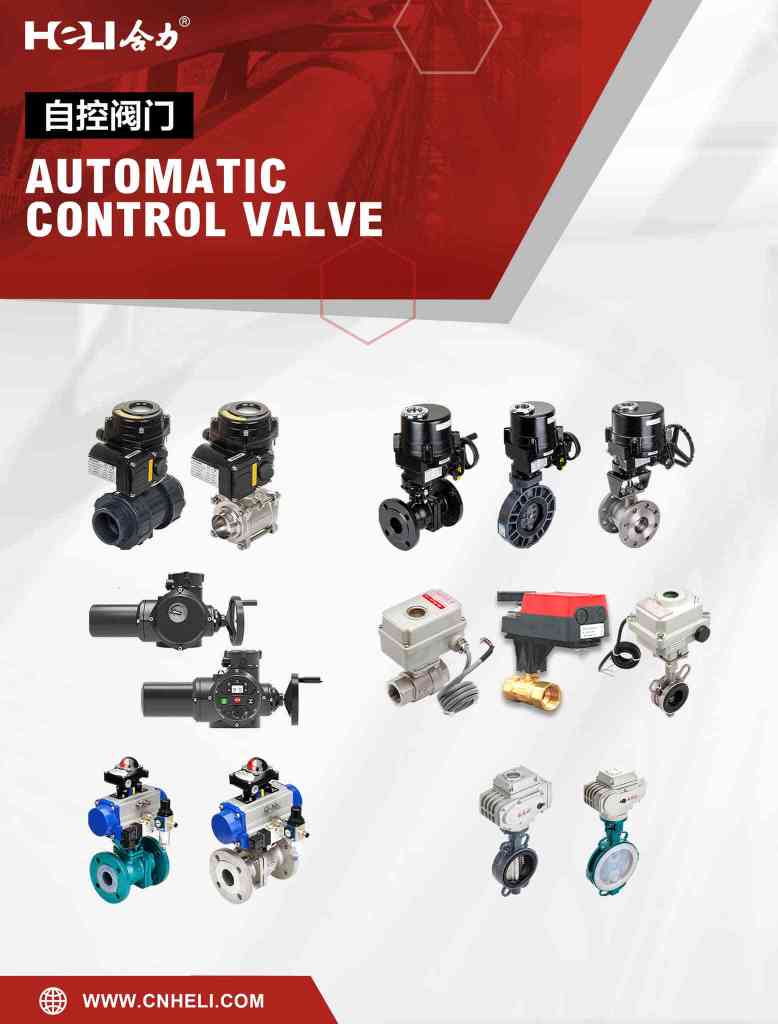Electric valves, integral components in many automated systems, have significantly revolutionized the way industries handle fluid flow and pressure control. These valves combine mechanical precision with electrical automation, providing greater efficiency, reliability, and control in processes ranging from water treatment to chemical manufacturing. In this article, we will explore the role of electric valves, their working principles, applications, and the advantages they bring to modern industries.

What is an Electric Valve?

An electric valve is a type of valve that uses an electric actuator to control the opening and closing of the valve. Unlike manual valves that require physical interaction, electric valves are automated and controlled via electrical signals, which allows for remote operation and integration into larger control systems. These valves can be employed to regulate various parameters such as pressure, temperature, flow rate, and fluid composition in a system. Working Principle of Electric Valves Electric valves typically consist of three main components: the valve body, the actuator, and the control system. The valve body is where the fluid passes through, and its function is to control the flow by either opening or closing the passage. The actuator, which is powered by an electric motor, converts the electrical signal into mechanical movement. This movement opens or closes the valve based on the set parameters. The control system can either be a manual interface or a more sophisticated process control system that allows operators to monitor and adjust the valve remotely.

Leave a Reply